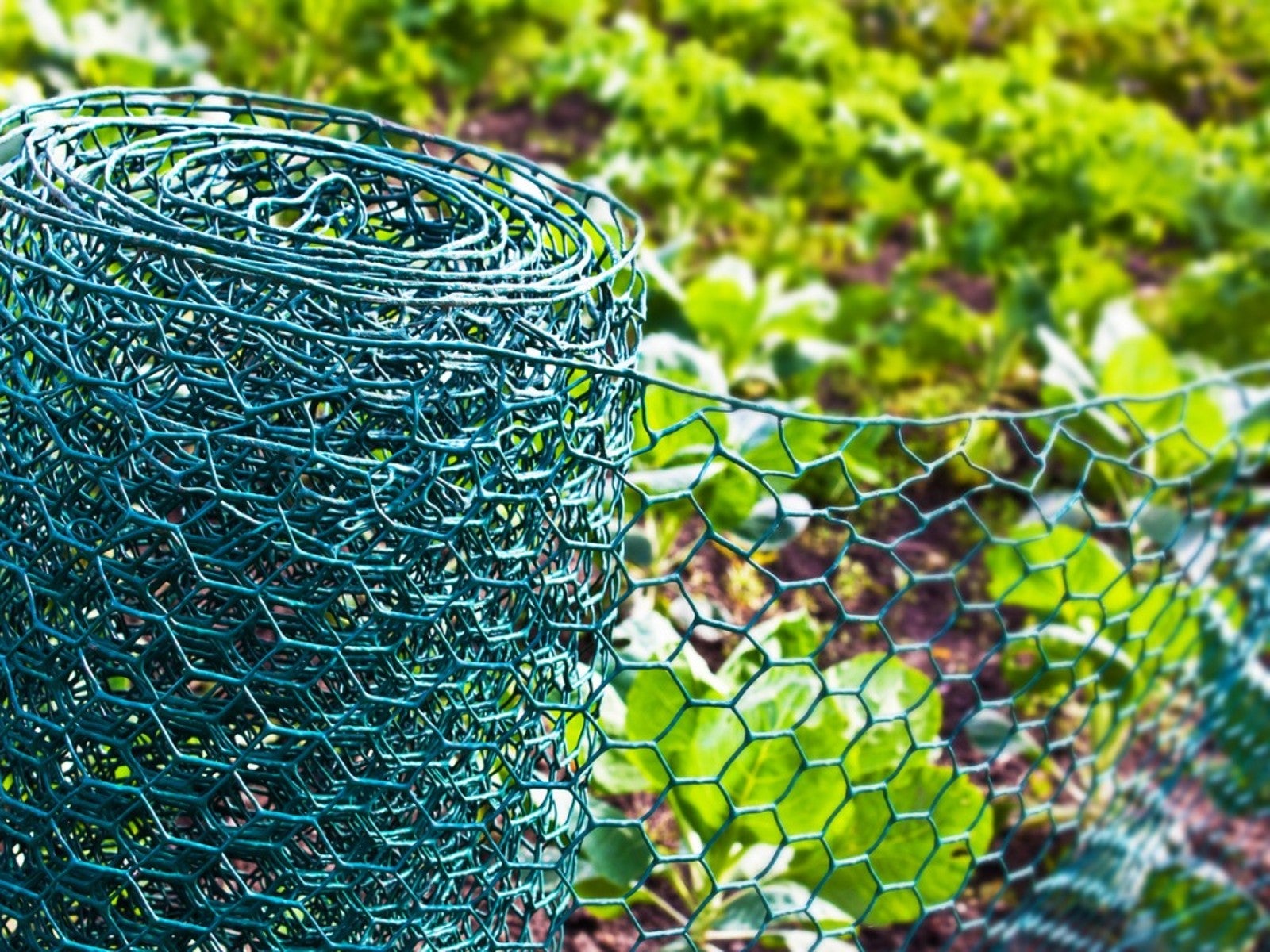DIY Vegetable Garden Fencing Ideas

Gardeners know they aren’t the only ones who enjoy fresh produce straight from the garden. Plenty of other critters want to make your harvest their own. If you want to protect your garden there’s no better way than installing vegetable garden fencing.
Reasons for a Fenced Vegetable Garden
There are many reasons for installing a fence in the vegetable garden, not the least of which is to keep out the local critters. Fencing for a vegetable garden might be to simply delineate the area from the rest of the garden or to aid in organizing the garden.
Before building a vegetable garden fence, settle on the purpose of the fence.
Vegetable Garden Fencing Ideas
If you are going to use vegetable garden fencing to keep your crops from the paws, beaks or hooves of wildlife, you need to know your audience. Keeping the garden safe from the birds requires netting while keeping the garden safe from deer or elk requires height and strength.
Also consider if you need a gate and if so what type of gate. For example if you are trying to deter cottontails you only need a fence that is 2 feet (just under a meter) in height. Use fine-mesh fencing not chain link or the rabbits can squirm through and bury it in the soil a few inches (8 cm.). In this case you may not need a gate.
If you do determine a gate is a must, the options are wood, masonry, chain link or woven wire. Wood is the nicest looking but requires maintenance; masonry fencing is more costly and retains and radiates heat as well as excludes light. Wire fencing is likely the most cost effective, as well as being weather resistant and available in a variety of heights, patterns and hole sizes.
Additional Garden Fence Info
Determine what type of material you will use. Fence materials may be plastic, metal or wood. Keep in mind that wood posts have a finite life expectancy, even treated posts.
Gardening tips, videos, info and more delivered right to your inbox!
Sign up for the Gardening Know How newsletter today and receive a free copy of our e-book "How to Grow Delicious Tomatoes".
Fencing for vegetable gardens may be made of chain link, welded or woven wire, electric, or hex netting or poultry fencing.
Often the best choices of material when making a fenced vegetable garden are a combination of materials. A combination of fencing material can meet multiple pest repellant criteria. For instance, the gardener might have a 6 foot (2 m.) or even taller chain link fence surrounding the property and within the property also have the vegetable garden fenced with buried 4 feet (1 m.) tall woven wire along with 2 feet (61 cm.) of buried poultry or chicken wire attached with hog rings.
The gardener then might like to protect the garden from birds by affixing bird netting on a PVC support. Attach poultry wire to the bottom of the gate to keep rabbits out.
Before making a vegetable garden fence know what your goals are and research cost if that might be an issue.

Amy Grant has been gardening for 30 years and writing for 15. A professional chef and caterer, Amy's area of expertise is culinary gardening.